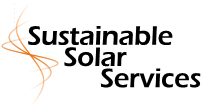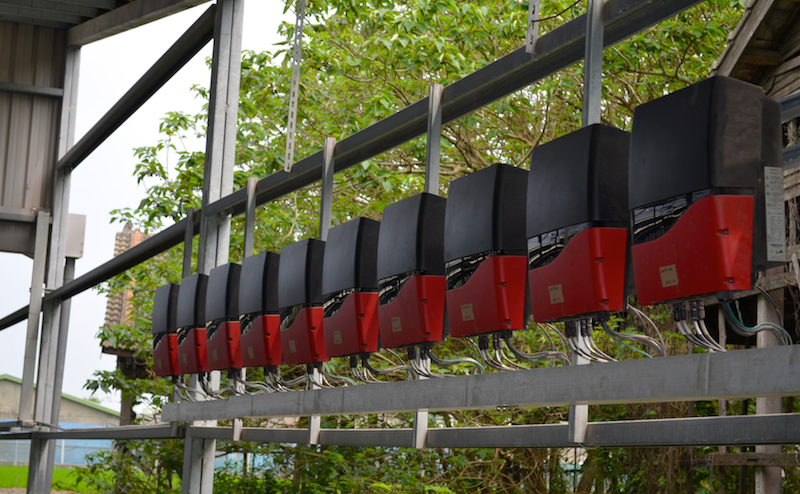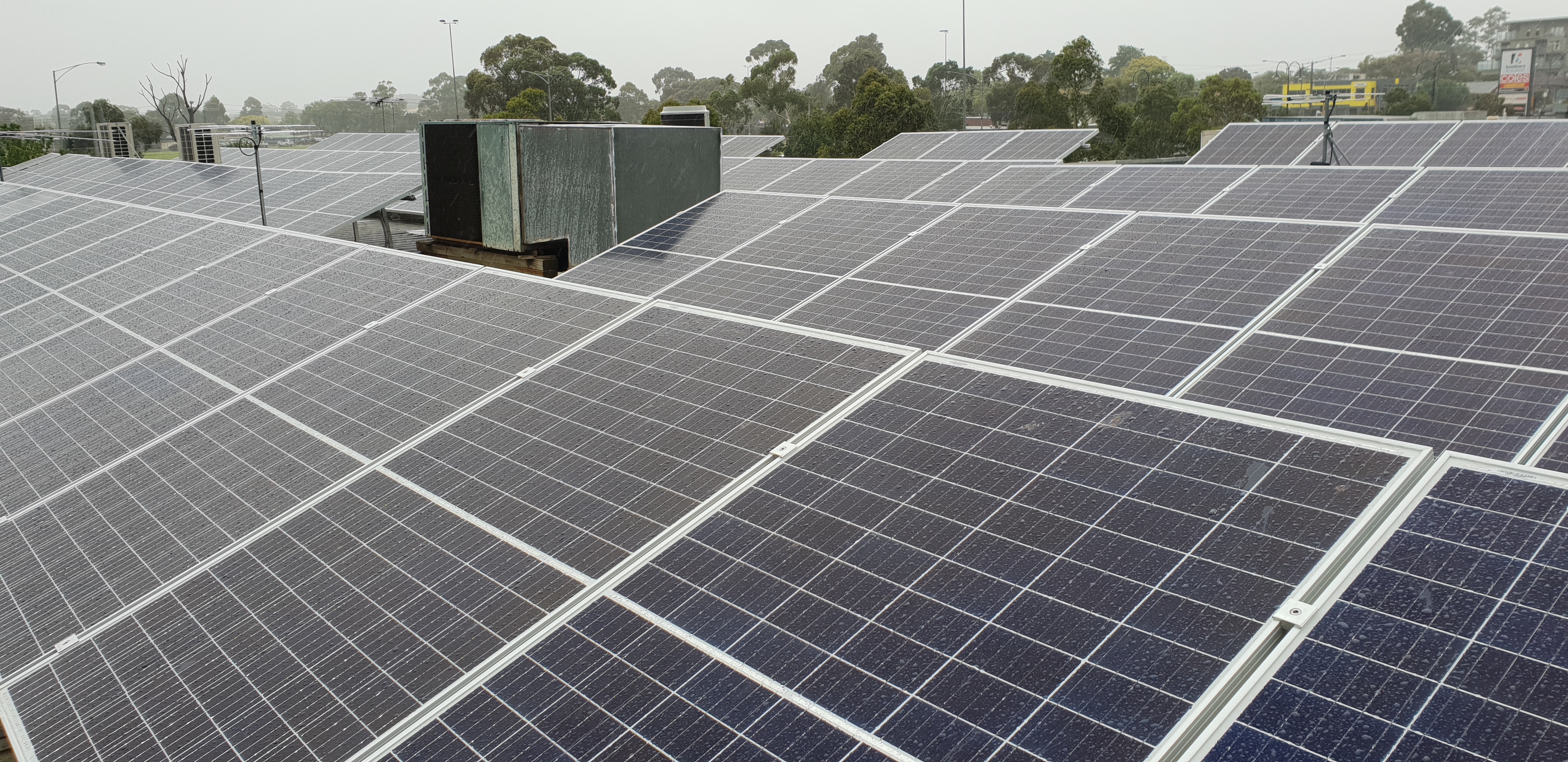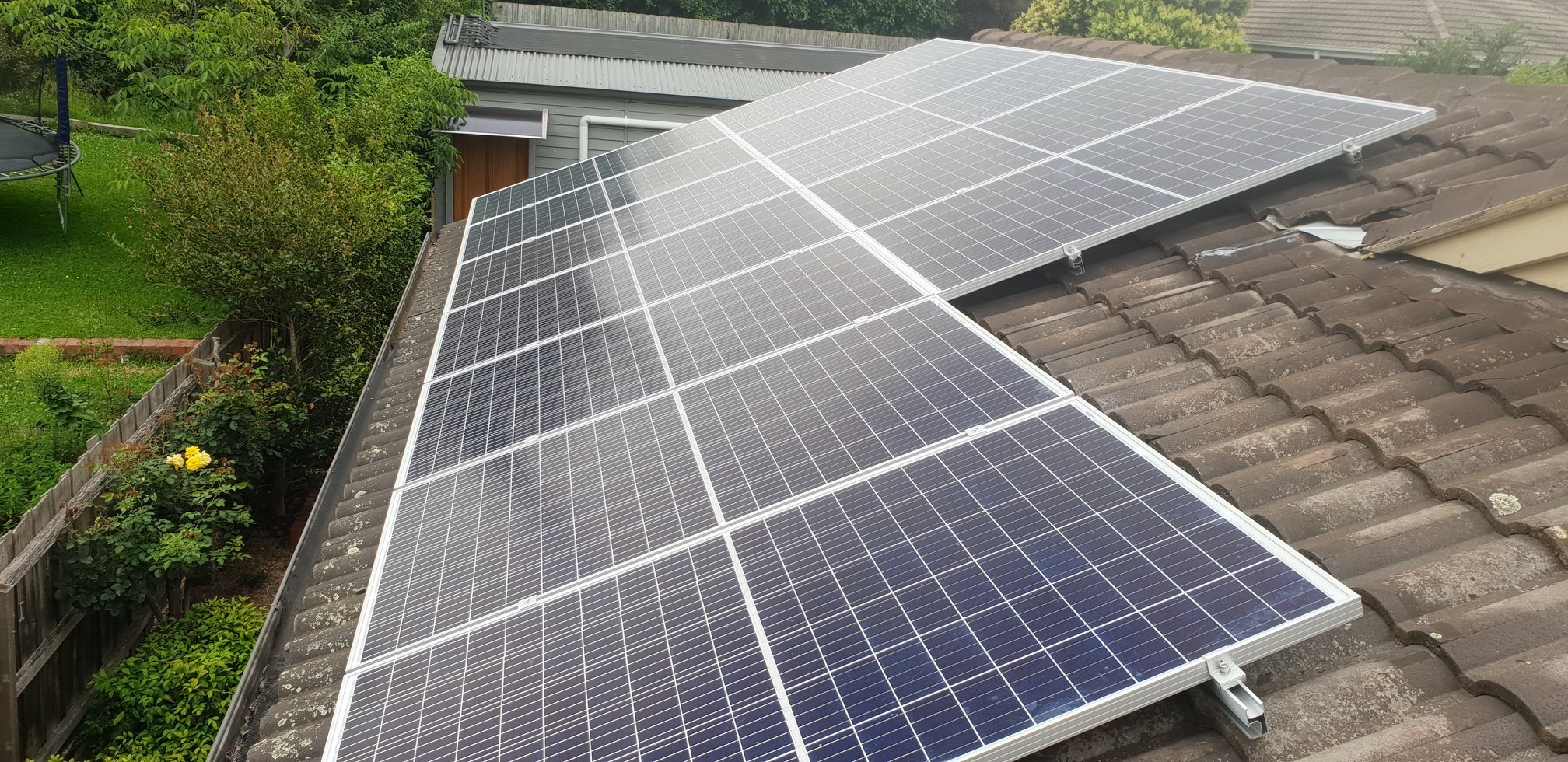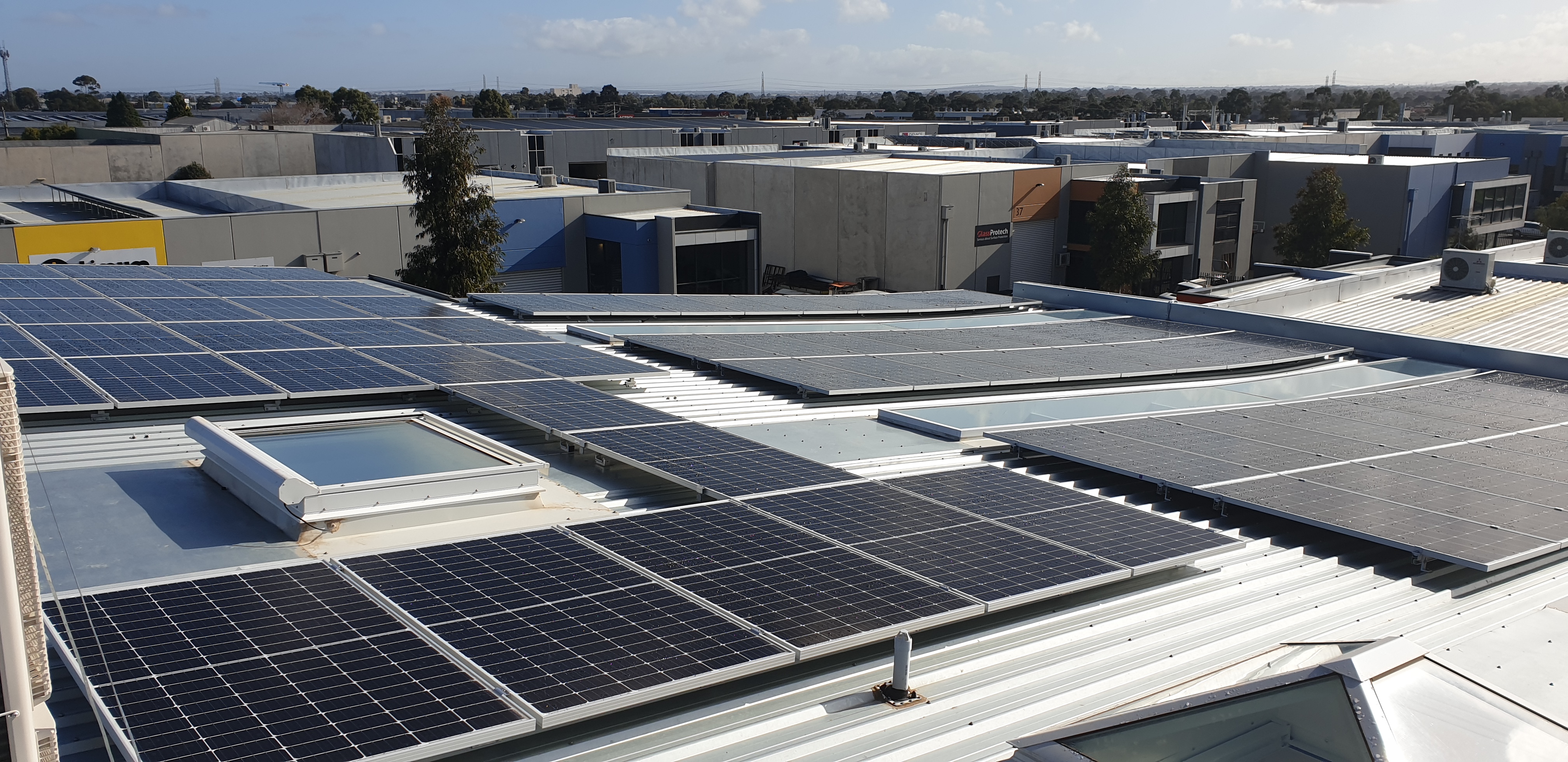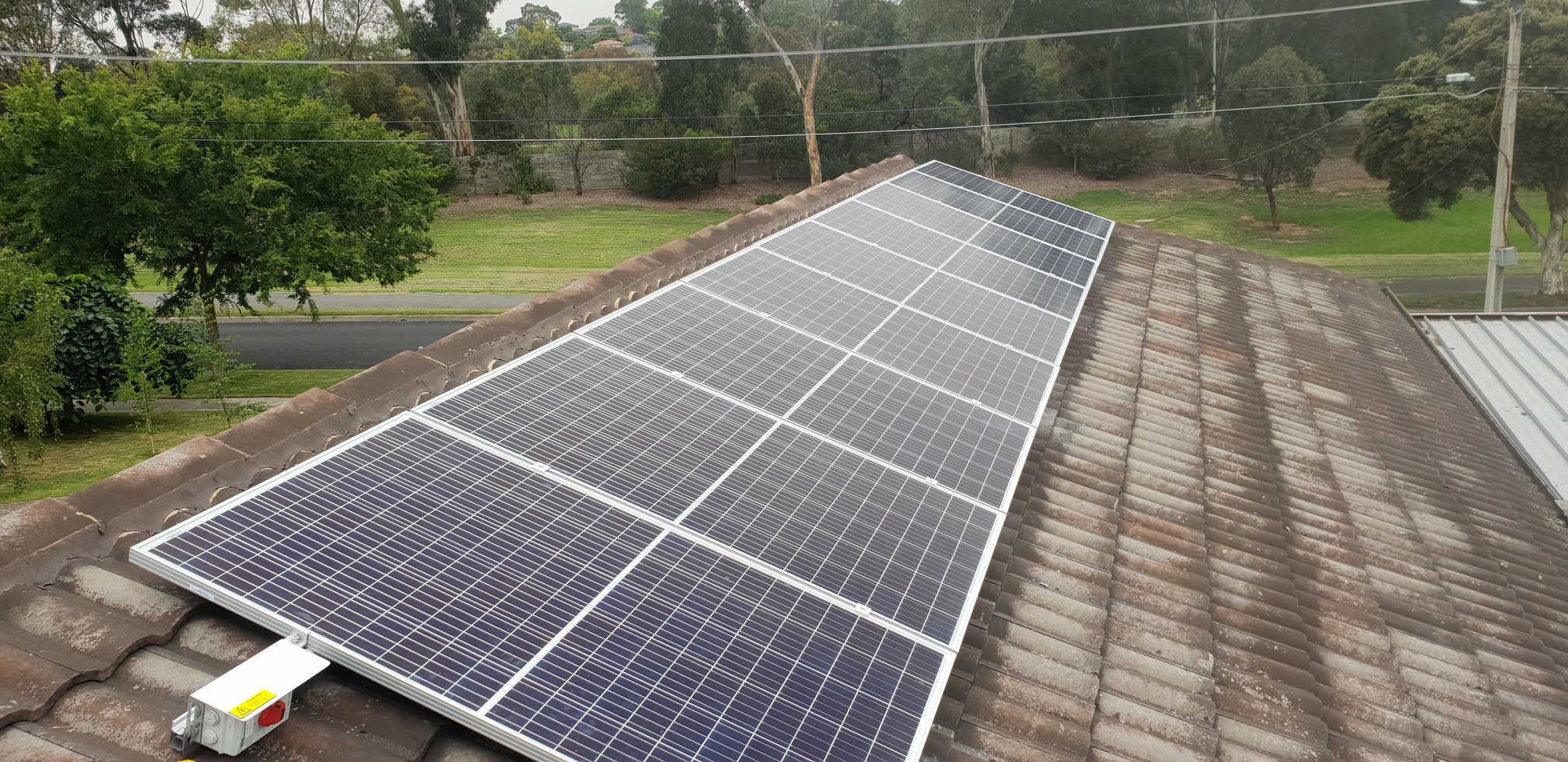Gel Cell
About Gel Cell Solar Batteries:
Gel cell solar batteries are a form of Lead Acid Battery in which the electrolyte has been mixed with silica dust in order to form a gel like substance. This makes the electrolyte denser and less likely to be spilt if handled roughly. Due to the nature of gel cell solar batteries, they do not necessarily need to be kept upright, which opens up various possibilities for battery bank installation solutions to preserve space.
Advantages of Gel Cell Solar Batteries:
Gel cell solar batteries are considered to be around the same level of safety as AGM (Absorbed Glass Mat) solar batteries, due to the decreased likelihood and effect of any spills. Gel cell solar batteries are typically used in very deep cycle applications, and have a number of positive characteristics, such as:
- Recharge voltage lower than other variants of lead acid solar batteries
- Able to operate for slightly longer periods of time than other lead acid solar batteries when subjected to warmer weather conditions
- Easy to position as there is no requirement to be kept upright
- Does not spill, unlike a wet cell solar battery
Disadvantages of Gel Cell Solar Batteries:
As with all types of solar batteries, there are also some negative points to consider for gel cell solar batteries, such as:
- It is the most sensitive Lead Acid Battery Cell to over-voltage charging
- If the wrong battery charger is used on a Gel Cell then poor performance and early failure is likely to occur
Common usage cases of Gel Cell Solar Batteries:
Gel cell lead acid solar batteries are best used in deep cycle applications; this is the reason why they are so commonly used in cases such as electric wheelchairs and solar energy storage.
Gel cell lead acid solar batteries can have an extensive amount of cycles, with many popular tubular gel cells currently being advertised as having around 4000+ cycles at similar depths of discharge as other variants of lead acid solar batteries.
As with all lead acid solar batteries, enabling the depth of discharge to climb too high will result in less than optimal performance and life-span, as lead acid solar batteries have a decreasing cycle count as the depth of discharge increases.
One method of circumventing this universal issue is by allowing the batteries to begin charging from either the electrical grid or solar panels once the depth of discharge becomes too high.
AGM – Absorbed Glass Mat
About AGM (Absorbed Glass Mat) Batteries:
One of the more popular types of lead acid solar batteries is the AGM (Absorbed Glass Mat), which operates by housing the electrolyte in glass mats instead of freely flowing over the plates as a Wet Cell would. As a result the plates are less prone to corrosion, typically enabling a longer life-span of the battery.
The glass mats are made up by glass fibers that have been weaved together to increase surface area. This results in them being able to hold the electrolyte on the cell for longer periods of time.
Due to these characteristics, AGM is widely considered the safest option out of all the different types of lead acid solar batteries.
Advantages of AGM Lead Acid Solar Batteries:
Some of the advantages of Absorbed Glass Mat lead acid solar batteries include being widely considered the safest option out of all the different variants of lead acid solar batteries. There are many additional benefits to this type of lead acid solar battery, such as the following:
- Degrades less than a Wet Cell lead acid solar battery
- Has a smaller chance of hazard or corrosion
- Holds charge more effectively than other variants of lead acid solar batteries under standard use
- Has a longer life-span than wet cell lead acid solar batteries
- Have been around for a long time, meaning operating characteristics are pretty commonly know, making any problems easy to troubleshoot
Disadvantages of AGM Lead Acid Solar Batteries:
As with all types of batteries, there are also some negative points to consider for AGM Batteries, such as:
- Price is typically more expensive than a Wet Cell lead acid solar battery
- May require special charging method
AGM Lead Acid Solar Batteries and Solar Power:
The AGM lead acid solar battery is commonly used in solar applications as a storage battery, offering a reasonable life-span if used and managed responsibly. As with all lead acid solar batteries, enabling the depth of discharge to climb too high will result in less than optimal performance and life-span, as lead acid solar batteries have a decreasing cycle count as the depth of discharge increases.
